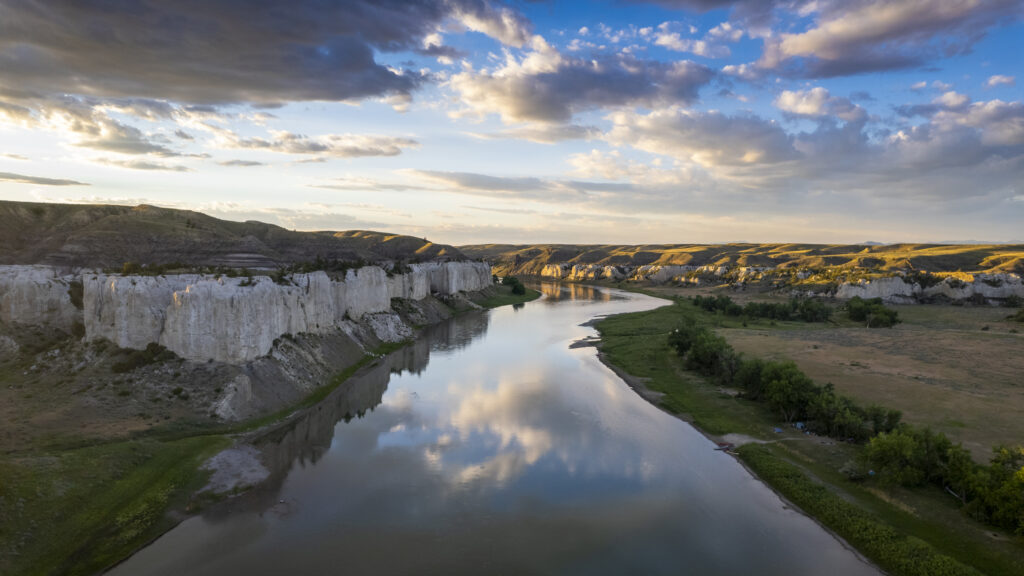
President Trump signed the One Big Beautiful Bill Act (OBBBA) into law on July 4th, 2025. The legislation passed both chambers of Congress after narrow, party-line votes and reflects major Republican priorities in tax policy, energy development, immigration enforcement, and regulatory rollback. Senate Majority Leader Thune delivered the bill to the White House just in time for the President’s Independence Day deadline, with Vice President J.D. Vance casting the tie-breaking vote in the Senate.
Recapping the top 5 Final Provisions
- Environment and Public Works
- Section 80151: “Project Sponsor Opt-In Fees for Environmental Reviews”
- Creates an opt-in fee program at the Council on Environmental Quality for expedited environmental reviews under the National Environmental Policy Act.
- Section 80151: “Project Sponsor Opt-In Fees for Environmental Reviews”
- Commerce, Justice, and Science
- Section _0008. “Rescission of certain amounts for the National Oceanic and Atmospheric Administration”
- Rescinds unobligated balances of the Inflation Reduction Act’s 40001 (coastal communities and climate resilience), 40002 (marine sanctuaries), 40003 (permitting, planning, and public engagement), and 40004 (research and forecasting weather).
- Section _0008. “Rescission of certain amounts for the National Oceanic and Atmospheric Administration”
- Energy and Natural Resources
- Section 50501: Reclamation Infrastructure Improvements- Subtitle E “Water”
- Authorizes $1 billion from the U.S. Treasury (FY2025–FY2034) for the Secretary of the Interior to enhance existing conveyance and surface water storage facilities managed by the Bureau of Reclamation.
- Funds are not subject to reimbursement or cost-sharing, offering direct investment in western water infrastructure.
- Section 50501: Reclamation Infrastructure Improvements- Subtitle E “Water”
- Agriculture
- Sec.10601. “Conservation”
- Increase baseline mandatory funding for four working lands programs (ACEP, CSP, EQIP, and RCPP)
- Provides $150M for the Small Watershed Program, commonly referred to as PL-566.
- Provides $1 million for the Grassroots Source Water Protection Program starting in fiscal year 2026.
- Rescinds unobligated balances of IRA funds within the four working lands programs.
- Sec.10601. “Conservation”
- Finance
- Sec. 70512. “Phase-out and restrictions on clean electricity production credit.” & Sec. 70513. “Phase-out and restrictions on clean electricity investment credit.”
- Wind and solar tax credits are phased out completely by 2027.
- 100% of the clean energy production tax credit (45Y) and clean energy investment tax credit (48E) are available only for hydropower, geothermal, and nuclear facilities if they start construction in or prior to 2033, then step down to 75% in 2034, 50% in 2035, and 0% in 2036.
- Sec. 70512. “Phase-out and restrictions on clean electricity production credit.” & Sec. 70513. “Phase-out and restrictions on clean electricity investment credit.”
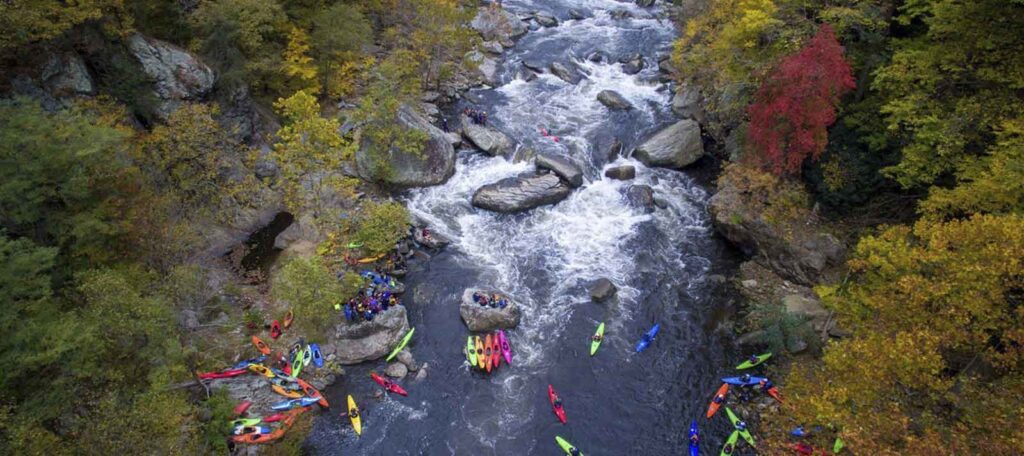
Let's Stay In Touch!
We’re hard at work for rivers and clean water. Sign up to get the most important news affecting your water and rivers delivered right to your inbox.
Analysis
The bill’s water infrastructure provisions, including $1 billion in direct funding for Bureau of Reclamation facilities, could benefit western water delivery systems. However, without environmental safeguards or restoration priorities, these investments may have limited or even negative downstream impacts on river health.
The OBBBA sharply prioritizes tax breaks, fossil fuels, manufacturing, land privatization, and border enforcement while rolling back IRA-era investments in climate resilience and clean energy. While indeed some Farm Bill conservation programs see modest funding boosts and tax credits for hydropower are extended through 2036, these are outweighed and overshadowed by sweeping rescissions and divestments.
Regrettably, the legislation leaves rivers and river-dependent communities behind, exposing them to greater risks from pollution, flooding, drought, and other extreme weather disasters. It falls far short of addressing today’s urgent water security and infrastructure needs. Although the public lands sell-off pieces were ultimately removed, the attempt itself – combined with deep cuts to IRA-backed programs – sends a clear message: river restoration and climate resilience may not be receiving the level of attention and investment needed at this time.
The bill’s winners are defense industries, big banks, traditional energy producers, real estate developers, and high-income taxpayers. Its losers include Medicaid beneficiaries, clean energy industries, nonprofit and environmental sectors.
Next Steps
With the bill now enacted, the federal agencies will begin implementation immediately. Legal and environmental challenges are likely, especially around rescissions and Medicaid work requirements. The bill’s wide-ranging impacts are expected to shape national policy debates through the 2026 midterms and beyond.
Helpful Resources
The legislative text of the final bill is roughly 900 pages and was modified throughout the legislative process. For more detailed information, utilize these resources in addition to the summary of relevant public health provisions below.
- Full Text — H.R. 1
- Congressional Budget Office — Information Concerning the Budgetary Effects of H.R. 1, as Passed by the Senate on July 1, 2025
- Council of Economic Advisors – Legislation for Historic Prosperity
- Evergreen Action – Memo on H.R 1
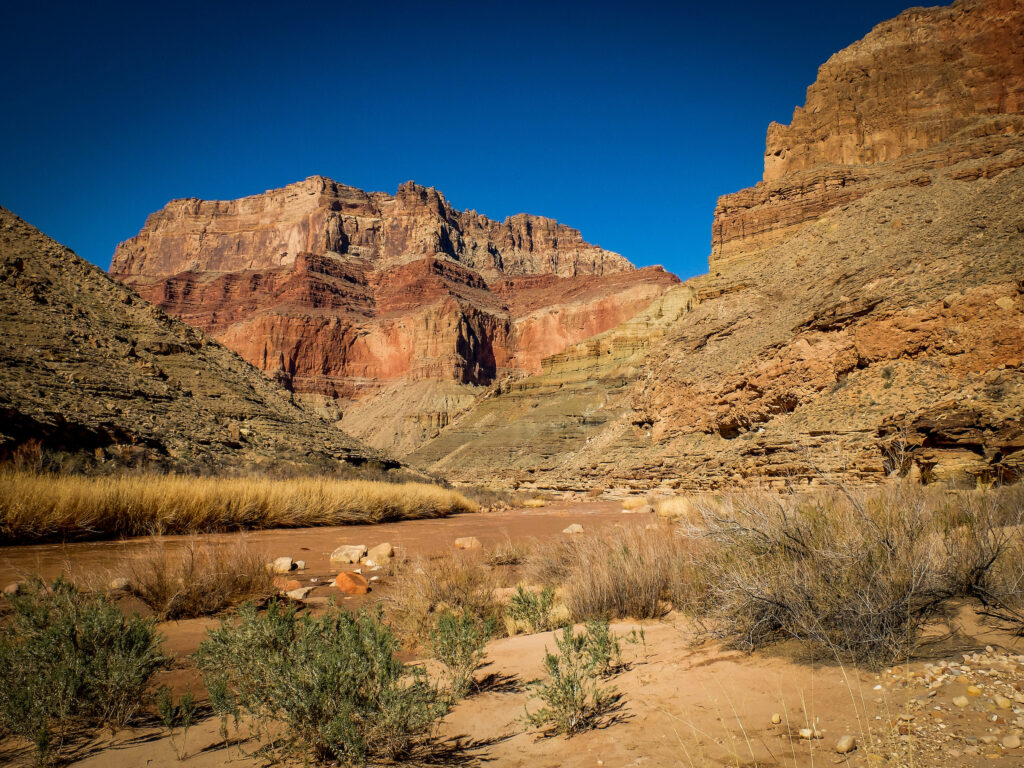
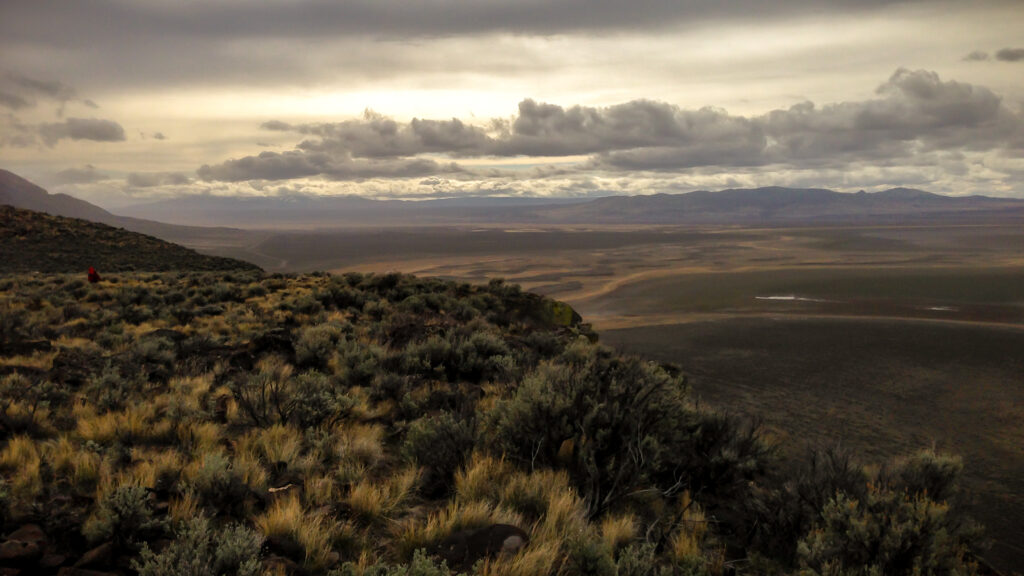
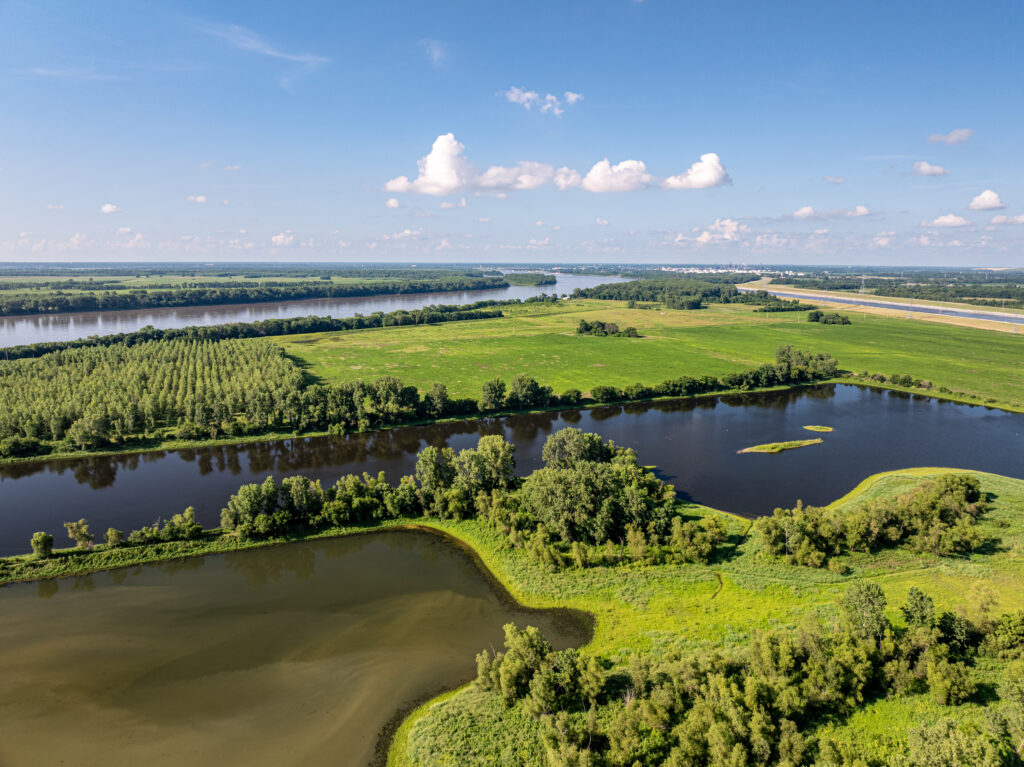
2 responses to “Key Takeaways from the One Big Beautiful Bill”
This was a very sad action regarding environmental health for all future generations; a major step backward in the race to protect our p;lanet.
Are solar farms now done with